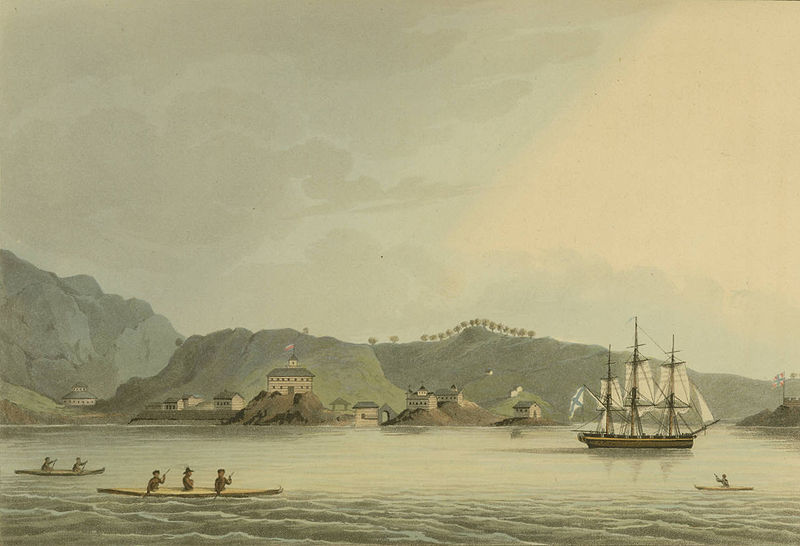
“Kempeitai officers had sweeping powers, including the right to arrest, condemn, and execute suspects as well as defiant prisoners of war who refused orders or tried to escape.”
By Neil Kagan and Stephen G. Hyslop
ORGANIZED IN THE late 19th century as an elite corps of military police for the Japanese Army, the Kempeitai evolved into a dreaded imperial security force, whose duties went far beyond policing the military.
Among their responsibilities was enforcing conscription, which met with some resistance in Japan when it was introduced, especially in rural areas where drafting able-bodied young men caused hardship for farm families.
The Kempeitai also conducted military espionage and counter-espionage, which meant that they sometimes pursued the same spies as the Tokyo, the so-called Thought Police who cracked down on subversive activities in Japan and arrested Soviet agent Richard Sorge and members of his spy ring.
In other cases, the Kempeitai often took precedence over the Tokyo and the regular police force because Japan was so militarized by the time World War Two began that many breaches of law and order came under the jurisdiction of the military police.
More than 10,000 Kempeitai officers and enlisted men operated within the borders of wartime Japan, keeping a close watch on civilians as well as soldiers. The Kempeitai maintained an even tighter grip on people in Japanese-occupied countries like Korea, Manchuria, China and Indochina. That expansion was overseen by Gen. Hideki Tojo, who commanded the Kempeitai in Manchuria before becoming Japan’s prime minister in 1941.
In occupied territory, Kempeitai officers had sweeping powers, including the right to arrest, condemn, and execute suspect civilians—many of whom were interned as enemy aliens by the Japanese—as well as defiant prisoners of war who refused orders from commandants or tried to escape.

A Kempeitai handbook authorized the use of torture, including “kicking, beating, and anything connected with physical suffering.” Torture was supposed to be applied only “when everything else has failed,” according to the handbook, but the Kempeitai were often quick to brutalize suspects until they confessed. One Dutch civilian at a Japanese internment camp for women on Sumatra was accused of organizing an escape attempt and jailed with several other women in a filthy cell with no toilet. The next morning, she was taken to a room at the rear of the prison.
“Two members of the Kenipeitai were there,” she later testified. “I saw lying on a table a selection of weapons, cudgels, belts, and whips and in the centre of the floor a lighted brazier with irons heating in it. I realized I was in the torture chamber. Pointing to the instruments, one of the Kempeitai threatened me unless I pleaded guilty.”
When she refused to do so, her wrists were tied behind her back and raised by a pulley until her arms were “nearly pulled out of their sockets.” She remained defiant and was placed before a firing squad, only to be spared execution and returned to prison.

Many others who fell into the hands of the military police in Japanese-occupied territory were not granted reprieves. Some were beheaded by sword-wielding Kempeitai officers, who were among the fiercest exponents of Bushido. The code originated among samurai warriors and required that Japanese soldiers not only fight to the death for their emperor, but also put to death those who subverted or defied his imperial regime. Regular Japanese officers also embraced the code and dealt harshly with Allied troops who surrendered rather than fight to the death. But the Kempeitai were the empire’s ultimate enforcers.
 They compelled women in occupied countries to serve as prostitutes for Japanese soldiers and used some civilians and prisoners of war as guinea pigs in dangerous medical experiments. The Kempeitai functioned much like Hitler’s Gestapo did in Nazi-occupied territory, but had broader authority because they policed the army as well as people under military authority. They could arrest officers who were superior to them in rank and used their clout to ensure that Japanese forces bore down hard on the soldiers they held in captivity and the civilians they held in thrall.
They compelled women in occupied countries to serve as prostitutes for Japanese soldiers and used some civilians and prisoners of war as guinea pigs in dangerous medical experiments. The Kempeitai functioned much like Hitler’s Gestapo did in Nazi-occupied territory, but had broader authority because they policed the army as well as people under military authority. They could arrest officers who were superior to them in rank and used their clout to ensure that Japanese forces bore down hard on the soldiers they held in captivity and the civilians they held in thrall.
This article was excerpted from Neil Kagan and Stephen G. Hyslop latest book: The Secret History of World War Two. The richly illustrated 350-page volume documents wartime covert operations and explores everything from spy missions to code breaking as it takes readers behind the battle lines and deep into the undercover war effort that changed the course of history. It’s published by National Geographic.
(Originally published on Oct. 24, 2016)










What about Sertorius? The one eyed general who held his own against pompey the great
Can I site this for a project? I would really appreciate it.
Of course!
Thank you so much!
Can I have/buy the right to use the image A Civilian is questioned by a Kempeitai Officer in a book
“Stranded on Java. The Warsailors from M/S Jane Mærsk”: My father was engineer on the ship. They were stranded on Java 1942-1946,
500 copies.
Publisher: Marstal Søfartsmuseum, Denmark.
I make no money of the project.
can you email us? editor@militaryhistorynow.com
Horrible. These Kempeitai have done brutal things to my family in WWII. Just horrible acts of cruelty.